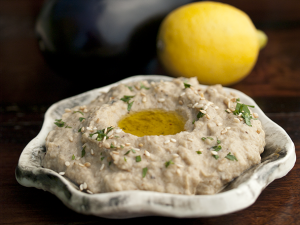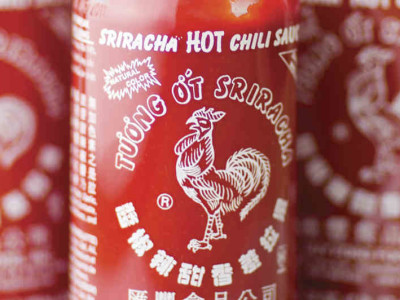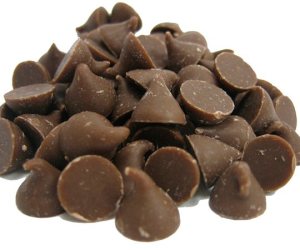
IS COCONUT FLOUR PALEO?
We have previously examined tapioca flour as one of the many substitutes for those with bread cravings, and today we’re expanding the search to coconut flour. Many paleo people prefer to skip the substitutes altogether, and I completely understand why, but how close is coconut flour to real, whole coconut? And most importantly, is it paleo?

There are many products and byproducts of coconuts. Coconut water contains the liquid inside the coconut that is consumed by endurance athletes as a quick way to refuel electrolytes. Coconut milk is made by blending the white coconut flesh with water and is a common beverage for those with lactose problems (it is also a great addition to fresh coffee).
What is Coconut Flour?
Coconut flour is also made from the flesh of the coconut, and is actually a byproduct of the milk-making process. The leftover pulp is dried and then ground into flour. It is a resourceful way to use all of the fruit, but it’s important to remember that the refining process is in contradiction of Paleo food preparation. Coconut flour is also incredibly high in fiber (may cause some digestive strain) and is very prone to mold, so please store it carefully.
Is Coconut Flour Paleo?
Yes, fresh coconut flour is technically Paleo. Keep in mind the heating, drying and blending is quite a bit of mechanical processing. If you’re wary of this, grab some unsweetened shredded coconut and you can easily make your own coconut milk and coconut flour!



